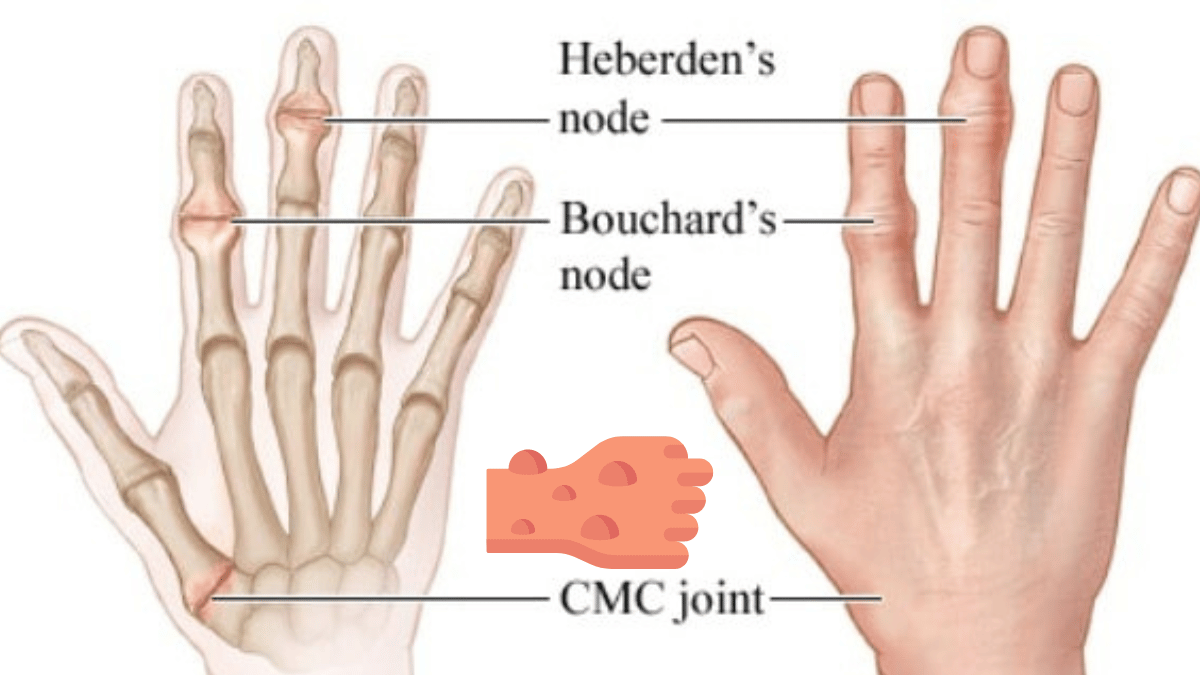What is Postpartum Depression?
Postpartum depression (PPD) is a complex and serious mood disorder that can affect women after childbirth. It involves a range of emotional, physical, and behavioral challenges, often manifesting as overwhelming sadness, anxiety, and exhaustion that significantly impact a mother’s ability to care for herself and her baby.
The difference between postpartum depression and the baby blues lies primarily in severity and duration. While many new mothers experience the baby blues—a temporary condition characterized by mood swings, irritability, and anxiety lasting a few days to two weeks—PPD is more intense and persists for longer, sometimes lasting months.
Unlike the baby blues, postpartum depression can interfere with daily functioning and requires more extensive treatment and support.
Signs and Symptoms
Postpartum depression presents a range of emotional, physical, and behavioral symptoms that can vary in intensity.
Emotional Symptoms often include pervasive feelings of sadness, heightened anxiety, and irritability. Mothers may find themselves feeling overwhelmed or hopeless, struggling to manage their emotions in a way they previously could.
Physical Symptoms can manifest as persistent fatigue, significant changes in appetite—either increased or decreased—and sleep disturbances, such as insomnia or excessive sleeping. These physical challenges can exacerbate the emotional toll of PPD.
Behavioral Symptoms may involve withdrawing from loved ones, losing interest in activities previously enjoyed, and experiencing difficulty bonding with the baby. This withdrawal can create a sense of isolation, further complicating the mother’s emotional well-being.
Causes and Risk Factors of Postpartum Depression
Postpartum depression (PPD) is a multifaceted condition that affects many new parents, particularly mothers. Understanding its causes and risk factors is essential for early identification and effective intervention.
PPD often arises from a complex interplay of biological, psychological, and social elements that can uniquely affect each individual during the transition to parenthood.
Biological Factors
One of the most significant biological contributors to postpartum depression is the hormonal changes that occur during and after pregnancy. Following childbirth, there is a dramatic decline in hormones such as estrogen and progesterone, which can profoundly affect mood regulation.
These hormonal shifts may lead to feelings of sadness, anxiety, and irritability. Additionally, thyroid hormones can also fluctuate during this time; an imbalance can result in symptoms that mimic depression, such as fatigue, weight changes, and mood swings.
Research has also indicated that genetic predispositions may play a role in the likelihood of developing PPD. Individuals with a family history of depression or other mood disorders may have a higher susceptibility due to inherited traits that affect mood regulation and stress responses.
Furthermore, physiological changes that occur during pregnancy—such as inflammation and immune system shifts—can also influence emotional well-being, creating a fertile ground for depressive symptoms to emerge.
Psychological Factors
Psychological aspects are crucial in understanding why some individuals develop postpartum depression while others do not. A prior history of depression or anxiety significantly increases the risk of experiencing PPD. Those with a previous mental health diagnosis may find the stressors of new parenthood particularly overwhelming, as they may struggle with feelings of inadequacy and heightened anxiety.
Moreover, the transition to motherhood is often filled with profound emotional shifts. The expectations of new parents—often shaped by societal standards and personal ideals—can create a sense of failure if those expectations are not met. Feelings of guilt, shame, and loss of control can permeate the early postpartum period, leading to depressive symptoms.
Additionally, cognitive factors, such as negative thought patterns and low self-esteem, can contribute to a heightened risk, making it harder for individuals to cope with the demands of caring for a newborn.
Social Factors
The social context in which a new parent finds themselves is another critical factor influencing the likelihood of postpartum depression.
A strong support network can act as a buffer against PPD, while a lack of support can leave individuals feeling isolated and overwhelmed. Emotional support from partners, family, and friends can help alleviate some of the stress associated with the early weeks and months of parenthood.
However, many new parents face challenges such as lack of practical help, feelings of isolation, or strained relationships with partners or family members. Stressful life events—such as financial difficulties, job loss, or relationship conflicts—can further exacerbate feelings of anxiety and helplessness during this vulnerable time.
Cultural factors also play a role; for instance, societal stigma surrounding mental health issues can discourage individuals from seeking help or discussing their feelings openly, leading to increased isolation.
Diagnosis and Assessment
Diagnosing postpartum depression (PPD) requires a comprehensive approach, combining clinical evaluation and self-assessment tools to ensure accurate identification and effective intervention.
Clinical Evaluation
A thorough clinical evaluation is essential for diagnosing PPD. Healthcare providers typically begin with a detailed interview to assess the individual’s emotional state, symptoms, and their impact on daily functioning. This may involve asking about mood changes, sleep patterns, appetite, and any feelings of hopelessness or anxiety.
Additionally, a healthcare professional will often consider the patient’s medical history, including any previous mental health issues, pregnancy complications, or significant life stressors.
Standardized diagnostic criteria, such as those outlined in the Diagnostic and Statistical Manual of Mental Disorders (DSM-5), can help in determining the severity and specific nature of the symptoms. The timing of symptom onset is also crucial; PPD usually develops within the first few weeks after childbirth, although it can emerge up to a year later.
Early identification through clinical evaluation is vital, as it allows for prompt intervention and support.
Self-Assessment Tools
In addition to clinical evaluations, self-assessment tools can be valuable for individuals to gauge their mental health. Instruments such as the Edinburgh Postnatal Depression Scale (EPDS) and the Patient Health Questionnaire (PHQ-9) are widely used to screen for depressive symptoms. These tools consist of a series of questions that help individuals reflect on their feelings and experiences in the past week.
Self-assessment can empower new parents by providing insight into their mental health, prompting them to seek help if necessary. It’s important for healthcare providers to encourage the use of these tools, as they can facilitate early detection and intervention, particularly in settings where access to mental health services may be limited.
Treatment Options
Effective treatment for postpartum depression involves a multifaceted approach that may include therapy, medication, and alternative treatments. Each individual’s situation is unique, and a personalized treatment plan is essential for optimal recovery.
Therapy
Therapeutic interventions are crucial for addressing the emotional and psychological aspects of PPD. One of the most effective forms of therapy is Cognitive Behavioral Therapy (CBT), which focuses on identifying and altering negative thought patterns and behaviors.
CBT equips individuals with coping strategies to manage their symptoms and improve their emotional well-being.
Support groups also play a vital role in the treatment of PPD. These groups provide a safe space for individuals to share their experiences and feelings, fostering a sense of community and understanding. Connecting with others who are facing similar challenges can alleviate feelings of isolation and offer valuable peer support.
Medication

In some cases, medication may be necessary to manage the symptoms of postpartum depression effectively. Antidepressants, particularly selective serotonin reuptake inhibitors (SSRIs), are commonly prescribed to help alleviate depressive symptoms.
It’s crucial for healthcare providers to discuss the benefits and potential side effects of medication, especially regarding safety during breastfeeding. Many SSRIs are considered safe for breastfeeding mothers, but individual circumstances should always be evaluated.
Alternative Treatments
In addition to traditional therapies and medications, alternative treatments can complement standard care and promote overall well-being.
Regular exercise is one of the most effective ways to enhance mood and reduce symptoms of depression. Physical activity releases endorphins, which can improve emotional health and increase energy levels.
Nutrition also plays a significant role in mental health. A balanced diet rich in essential nutrients can support brain health and improve mood. Incorporating foods high in omega-3 fatty acids, such as fish and flaxseeds, along with fruits, vegetables, and whole grains, can be beneficial.
Mindfulness practices, such as meditation and yoga, are increasingly recognized for their positive effects on mental health. These techniques can help individuals develop greater awareness of their thoughts and feelings, promoting a sense of calm and reducing stress.
In summary, diagnosing and treating postpartum depression involves a comprehensive approach that includes clinical evaluations, self-assessment tools, therapy, medication, and alternative treatments. A personalized treatment plan tailored to the individual’s needs can significantly enhance recovery and overall well-being during the challenging postpartum period.
Conclusion
Postpartum depression (PPD) is a significant mental health condition that can profoundly affect new parents, particularly mothers, during a critical transition in their lives. Understanding the various causes and risk factors—ranging from hormonal changes and psychological vulnerabilities to social support systems—can help in recognizing the challenges faced by those affected.
Effective diagnosis and assessment are crucial for early intervention, involving thorough clinical evaluations and self-assessment tools that empower individuals to seek help. Treatment options are diverse and should be tailored to each person’s unique needs.
Therapy, including cognitive behavioral therapy and support groups, plays a vital role in recovery, while medication may be necessary for more severe cases. Additionally, incorporating alternative treatments such as exercise, proper nutrition, and mindfulness practices can significantly enhance overall well-being.
FAQs
What are the symptoms of postpartum depression?
Symptoms include persistent sadness, anxiety, fatigue, changes in appetite, and difficulty bonding with the baby.
How common is postpartum depression?
PPD affects about 10-15% of new mothers, but rates can be higher among certain populations.
What causes postpartum depression?
It can be caused by a combination of hormonal changes, psychological factors, and social stressors.
How is postpartum depression diagnosed?
Diagnosis typically involves clinical evaluation by a healthcare provider and may include self-assessment tools.
What treatment options are available for postpartum depression?
Treatment may include therapy, medication, and alternative approaches like exercise and mindfulness.



